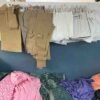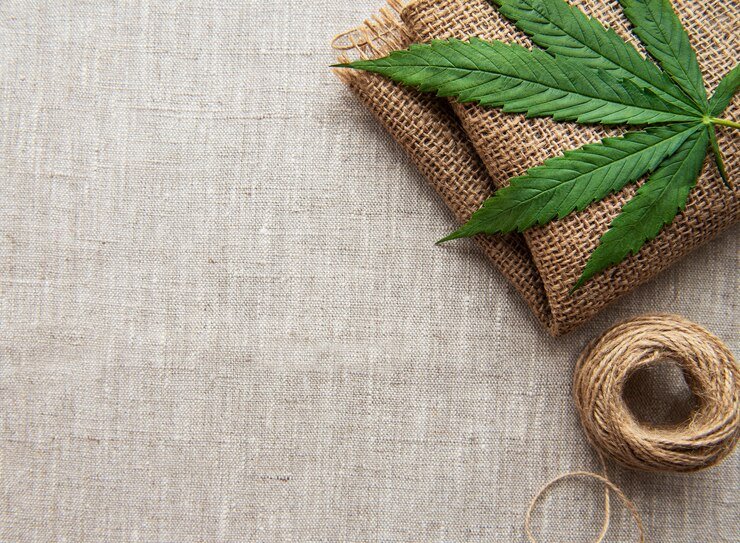Hemp Textile as a Solution to Fast Fashion’s Environmental Impact
Hemp Textile as a Solution to Fast Fashion's Environmental Impact In a world where trends change as quickly as the seasons, the environmental toll of fast fashion has become impossible to ignore. From excessive water usage to toxic chemical runoff, the fashion industry has long been a major contributor to pollution. As we navigate the complexities of our consumer choices, it’s time to consider a sustainable alternative – Hemp textile. Understanding the Fast Fashion Conundrum: Fast fashion operates on a “take, make, dispose” model that exploits natural resources and often involves unethical labour practices. The industry’s overconsumption of water, energy, and raw materials creates a staggering ecological footprint. This has prompted a global shift towards eco-conscious alternatives, and hemp textile emerges as a beacon of hope. The Remarkable Qualities of Hemp: Hemp, a versatile and eco-friendly plant, has been used for centuries to create durable fabrics. Unlike traditional cotton, hemp requires significantly less water and pesticides to thrive. It’s a resilient plant that grows quickly, making it an excellent renewable resource. Hemp textiles are celebrated for their durability and breathability, offering a comfortable and long-lasting alternative to the often-disposable nature of fast fashion. The fabric’s antimicrobial properties also make it an ideal choice for those with sensitive skin. The Environmental Impact of Hemp vs. Traditional Fabrics: Let’s break it down: compared to conventional cotton, hemp cultivation requires about half the amount of water. Additionally, hemp grows densely, outcompeting weeds and reducing the need for harmful pesticides. When it comes to land use, hemp again triumphs, yielding more fibre per acre than cotton and mitigating deforestation pressures. Hemp also proves itself as a carbon sink, absorbing more CO2 during its rapid growth than most other plants. With its deep-reaching roots, hemp prevents soil erosion and improves soil health, further enhancing its sustainability credentials. The Fashion Revolution Starts with You: As consumers, our choices wield immense power in steering the fashion industry towards a more sustainable future. Embracing hemp clothing is a conscious decision to reject the harmful practices of fast fashion. By opting for hemp textiles, you contribute to a circular economy that prioritizes longevity over disposability. Dispelling Hemp Myths: Some lingering misconceptions surround hemp, often associating it with its cousin, marijuana. It’s crucial to understand that industrial hemp used for textiles contains minimal THC, the psychoactive compound found in marijuana. Hemp cultivation for fabric has no hallucinogenic effects and poses no threat to public safety. Supporting Ethical Practices: Beyond its environmental benefits, hemp textiles can also play a pivotal role in promoting fair labour practices. By supporting brands that prioritize ethical sourcing and manufacturing, you become an advocate for positive change in the fashion industry. Conclusion: In the face of fast fashion’s environmental impact, embracing hemp textiles is a step towards a sustainable and responsible future. It’s a choice that goes beyond mere fashion preferences – it’s a commitment to the well-being of our planet. As we navigate the intricate landscape of fashion, let’s choose quality over quantity, longevity over disposability, and sustainability over fleeting trends. Together, we can redefine the narrative of fashion, one hemp garment at a time.






